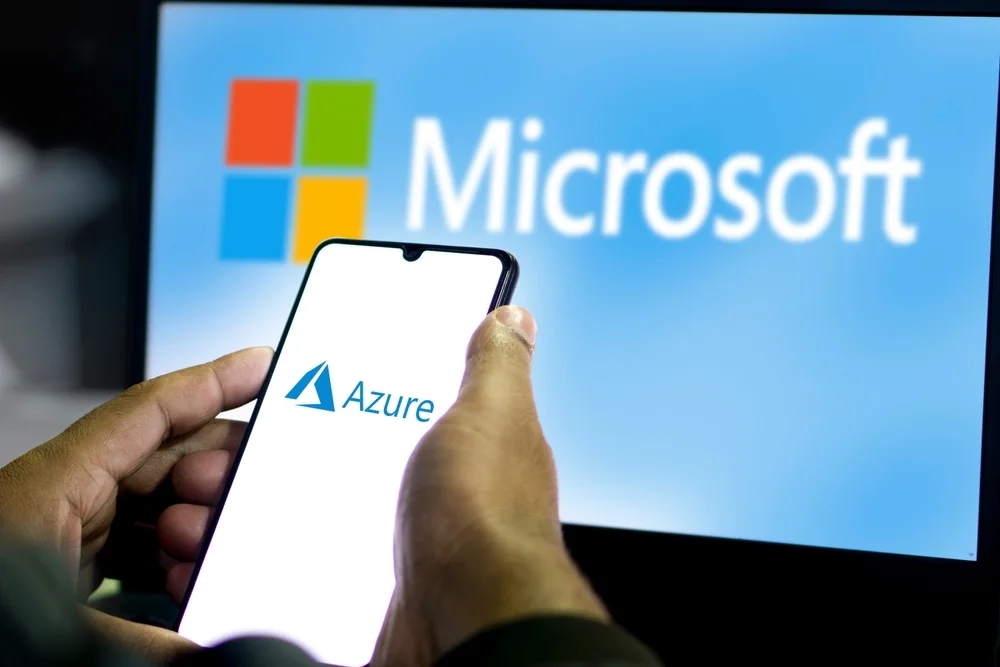Copyright Fast Company

In today’s global economy, the race to attract and retain high-skilled STEM talent is not just a human resources concern. It is a competition for innovation, investment, and long-term economic leadership. For the United States, which has long relied on foreign-born engineers, scientists, and researchers, immigration strategy is not peripheral. It is a business imperative. As a U.S. business immigration attorney and founder of Grape Law Firm PLLC, I work with entrepreneurs and companies across industries who are shaping the future of science and technology. Their success often hinges not just on funding or product development, but also on whether they can legally stay in the country. MAJOR SHIFTS IN IMMIGRATION POLICY Following Donald Trump’s reelection, the U.S. entered a new phase in immigration policy. While the administration renewed aggressive deportation rhetoric, it also implemented reforms expanding access for high-skilled professionals. Even restrictionist policymakers recognize that America cannot remain competitive without foreign STEM talent. On January 17, 2025, the Department of Homeland Security launched a major overhaul of the H-1B visa program. The most essential change was removing the traditional employer-employee requirement. Professionals in specialty occupations can now self-sponsor H-1B petitions through their own LLCs. This reform eliminates the lengthy process of finding a sponsoring employer and navigating labor certification. Instead of waiting months or years, qualified professionals can establish their legal presence and begin building ventures immediately, accelerating the path from concept to market entry. Subscribe to the Daily newsletter.Fast Company's trending stories delivered to you every day Privacy Policy | Fast Company Newsletters For startup founders in core industries, this evolution is a game-changer. It reduces dependency on third-party sponsors and empowers entrepreneurs to scale on their own. At the same time, it forces HR departments, investors, and executives to rethink how they integrate immigration into growth plans. Meanwhile, the O-1 visa—reserved for individuals with “extraordinary ability”—saw meaningful changes in early 2025 before Trump took office. Revised guidance expanded the types of evidence applicants can submit, especially in emerging tech sectors like AI, quantum computing, clean energy, and biotechnology. The new standards benefit professionals whose contributions are measured through technical innovation rather than public recognition. Patent filings, peer review activities, specialized certifications, and participation in government advisory panels now carry more weight in evaluations. This acknowledges that many of today’s most valuable professionals gain expertise through specialized work rather than media visibility or academic celebrity. For business leaders, this presents opportunity. Employees once overlooked for O-1 eligibility may now qualify. Employers who understand these expanded criteria can retain talent longer and compete more effectively in talent-starved sectors. GREEN CARD STRATEGY AS A BUSINESS INVESTMENT Beyond short-term work visas, companies must think proactively about Green Card pathways—particularly the EB-1 for extraordinary ability and the EB-2 National Interest Waiver. Both categories have become more favorable for STEM professionals following policy updates that frame innovation as vital to U.S. national interest. The key lies in documenting contributions that extend beyond one company’s interests. U.S. Citizenship and Immigration Services now emphasizes research addressing national challenges such as cybersecurity, climate change, healthcare, or supply chain resilience. Professionals proving their work serves broader societal needs—through government partnerships, cross-industry collaboration, or research with national security implications—see stronger petition outcomes. These successes result from careful, early planning. Employers who support Green Card applications for key staff not only improve retention—they also reduce disruptions caused by expiring visas or failed renewals. For employees, a Green Card brings stability. For businesses, it safeguards intellectual and human capital. AMIDST GLOBAL COMPETITION Despite these advantages, many U.S. companies still treat immigration as an afterthought—and pay the price. The pattern is consistent: Organizations wait until visa deadlines loom before addressing long-term planning. This reactive approach creates risk for both employers and employees. When professionals face visa expiration without clear residency pathways, they explore opportunities in countries offering more predictable outcomes. The cost extends beyond hiring replacements; it includes lost knowledge, disrupted timelines, and competitive disadvantages. Other countries are moving aggressively. Canada, Germany, and the UK are targeting foreign STEM workers with streamlined visas, startup initiatives, and fast-tracked residency. Even Japan—historically cautious—has created a fast-track program for PhDs and advanced degree holders. These policies are designed not just to attract talent, but to divert it away from the U.S. advertisement The numbers are sobering. According to a recent NFAP report, 70% of full-time graduate students in AI-related programs at U.S. universities are international. Many want to stay. But unless they can access long-term pathways like EB-1, they increasingly look elsewhere. Each departure means lost innovation, momentum, and global standing for U.S. companies. BALANCE RISK AND OPPORTUNITY IN A DIVIDED POLITICAL CLIMATE The immigration landscape continues to shift rapidly. Project 2025 and similar efforts seek to limit immigration broadly, and some conservative voices call for narrowing work visa definitions. But even within that debate, high-skilled immigration remains a rare point of bipartisan agreement. There is broad public support for granting Green Cards to STEM workers, a level of support consistent across election cycles. This consensus gives business leaders a window of opportunity. By acting now—before the political winds shift—they can secure the STEM talent needed to remain competitive and resilient. Immigration must be seen not as a cost or compliance issue, but as a strategic pillar of growth. If the U.S. wants to remain the world’s hub for innovation, it must stop treating STEM immigrants as temporary visitors. These individuals are not simply filling gaps—they are creating industries, launching ventures, and driving the future of science and technology. Without stable immigration options, they will go where opportunities exist. And if that means leaving the U.S., the loss will be measured not just in talent, but in leadership on the global stage. (This article was written before the recent federal announcement about the H-1B visa program.) Muhammed Üzüm is founding attorney at Grape Law Firm PLLC.



